4024 Highway #81 – Along the Jefferson Davis Trail
City Directories and History: The church is listed as part of the Mt. Carmel National Register District.
“Mt. Carmel (1782), McCormick County. This name is an excellent illustration of the confusion that sometimes exists as to whether the community gave the name to the church, or whether the opposite process took place. Miss Nora M. Davis, an authority on the history of Abbeville and adjoining counties, gives the following information about the vicissitudes of the Mt. Carmel church.
As Miss Davis states, “The town of Mt. Carmel long antedates the church.” The church began in 1782 as Little Run (later Little River) Associate Reformed Presbyterian Church. It then apparently ceased to exist as an Associate Reformed Presbyterian congregation and became known as Lodimont, a Presbyterian church about two miles from where Mt. Carmel is today. When this church disbanded, Associate Reformed Presbyterians purchased the building and organized the Lodimont Associate Reformed Presbyterian Church there in 1875. Later the congregation erected a building at Mt. Carmel and moved there in 1885.”

Bullock, W. P, and Paul L Grier. Official topographical map of Abbeville Co., South Carolina. [S.l.: P.L. Grier, 1894, 1895] Map. Retrieved from the Library of Congress
MOUNT CARMEL ASSOCIATE REFORMED PRESBYTERIAN CHURCH – Contributed and written by Paul M. Gettys – 2015
This church was originally organized in the community of Lodimont in May of 1875 by the Second Presbytery of the denomination. There was a building in Lodimont. After ten years, a building was erected in Mount Carmel and the church was moved there and took the name of the town.[i] In the first year, the church pulpit was supplied by Dr. William Moffatt Grier, President of Erskine College and J. C. Galloway, a student at Erskine Seminary. In 1876, the church called Rev. Alexander Lowry Patterson as its first settled pastor. He was a native of Burke County, Georgia and a recent graduate of Erskine Theological Seminary. His biographical sketch relates some of the conditions in this area of Abbeville County. “A few members of the A. R. Church had been gathered into an organization, by Dr. Thompson Sloan…during the year 1876 a call for one half of [Patterson’s] time was presented…For twenty-seven years [written in 1903] he has labored in this community. Many and varied have been the difficulties of his field requiring much self-denial and effort. For many years he was the only minister in that section of the country. There were no schools and but one church within miles. Stills and whiskey wagons were plentiful. Surrounded by ignorance, infidelity and indifferentism, he taught school during the week and preached in church or school house on Sabbath. In 1893, he began preaching at Iva, a town in Anderson Co., S.C…and in the summer of 1894 organized a church in that place.”[ii] Patterson also organized the church in Anderson, but he remained in Mount Carmel as pastor until his death in 1910. He is buried in the cemetery at Mount Carmel, and the members of the community erected a monument stating “He was an humble, faithful servant of Jesus Christ. He desired nothing more.”[iii]
Patterson’s pastorate was the longest in the history of the church. The next regularly installed pastor was Dr. H. B. Blakely, who served from 1913 to 1918. Dr. Blakely also served the church at Troy, S. C. and was one of the founding leaders of the John De la Howe School.[iv] Rev. Leon Taylor Pressly was pastor from 1919 to 1933. Pressly was also minister at the church in McCormick from its organization in 1919. He died suddenly in 1933, and the McCormick church was named Pressly Memorial in his honor (it is now known as McCormick Presbyterian Church). From 1934 to 1944, Dr. Samuel Watson Reid was pastor. Reid had been pastor of urban churches in Louisville, Kentucky, Atlanta, and Tampa, Florida. He came to the joint ministry at McCormick and Mount Carmel toward the end of his career. Since Dr. Reid’s pastorate, the church at Mount Carmel was largely supplied by ministers from neighboring A. R. P. churches and by students from Erskine Theological Seminary.
The first elders of the church were James McCelvery, J. L. Colvin, and J. Edward Caldwell. The names of the other charter members of the church are not known. In 1950, elders were D. W. Harling and H. O. Watson.[v]
The Mount Carmel congregation was always small in number. The community of Mount Carmel never grew into a town, and the population base for the church was limited. When the Sumter National Forest was created, most of the land to the east of Mount Carmel suffered further depopulation. The Sesquicentennial History reported in 1951, “The great problem of this church, it is stated, is its failure and inability to grow. The town of Mount Carmel has suffered a great decrease in population, and this decrease is the reason the church is not growing.”[vi] This situation continued for a number of years, and in October 2005, Second Presbytery closed the church at Mount Carmel and merged the remaining members with the church in Abbeville, which is now known as the Abbeville-Mount Carmel A. R. P. Church. The building at Mount Carmel remains.
[i] Centennial History of the Associate Reformed Presbyterian Church, Charleston, S. C., 1905, published by the General Synod, pages 506-507. [ii] Centennial History, pages 271-272. [iii] Sesquicentennial History of the Associate Reformed Presbyterian Church, Clinton, S. C. 1951, published by the General Synod, pages 253-254. [iv] Sesquicentennial History, page 80. [v] Sesquicentennial History, page 481. [vi] Sesquicentennial History, page 481.
A stop on the Little White Church Jaunt – A Driving Tour
Stay Connected
Explore history, houses, and stories across S.C. Your membership provides you with updates on regional topics, information on historic research, preservation, and monthly feature articles. But remember R&R wants to hear from you and assist in preserving your own family genealogy and memorabilia.
Visit the Southern Queries – Forum to receive assistance in answering questions, discuss genealogy, and enjoy exploring preservation topics with other members. Also listed are several history and genealogical researchers for hire.
User comments welcome — post at the bottom of this page.
Please enjoy this structure and all those listed in Roots and Recall. But remember each is private property. So view them from a distance or from a public area such as the sidewalk or public road.
Do you have information to share and preserve? Family, school, church, or other older photos and stories are welcome. Send them digitally through the “Share Your Story” link, so they too might be posted on Roots and Recall.
Thanks!
User comments always welcome - please post at the bottom of this page.


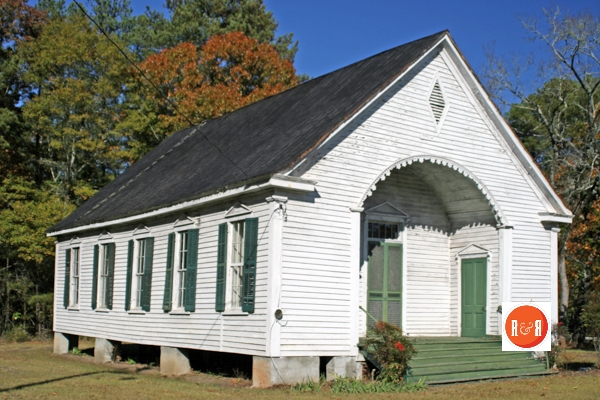


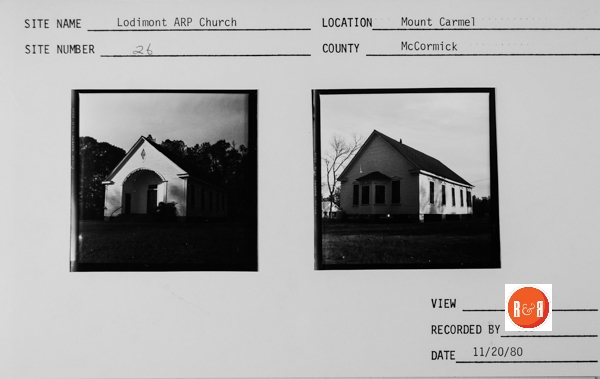
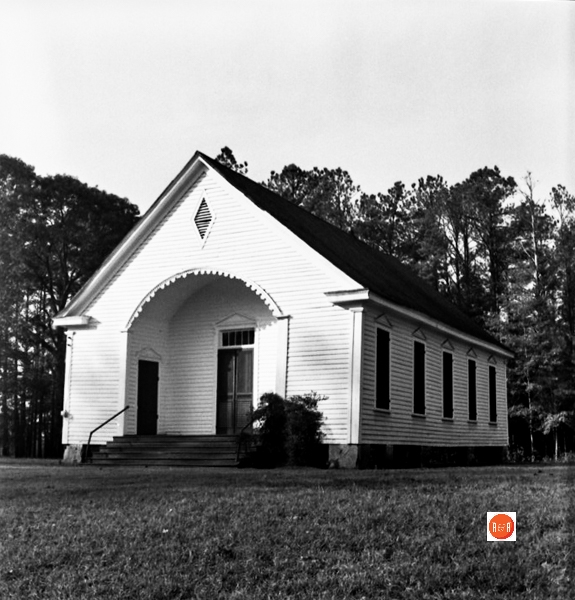



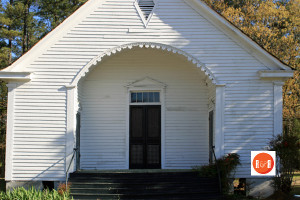
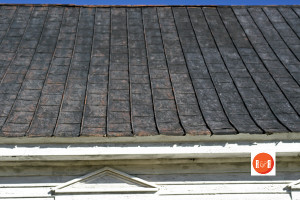


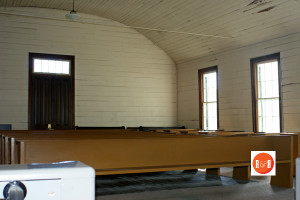






[…] Mt Carmel ARP […]